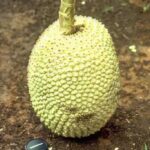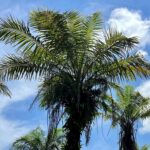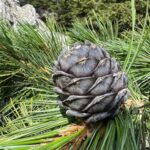Swamp morning glory or Water spinach (Ipomoea aquatica) has various common names, like ‘Kangkong’ in Southeast Asia or ‘Kung Shin Tsai’ in China. It is a staple vegetable food throughout the Asia-Pacific region. It is deficient in calories (19 cal/100 g) but high in vitamins (Vit. C, Vit. A, and others), minerals, and antioxidants.
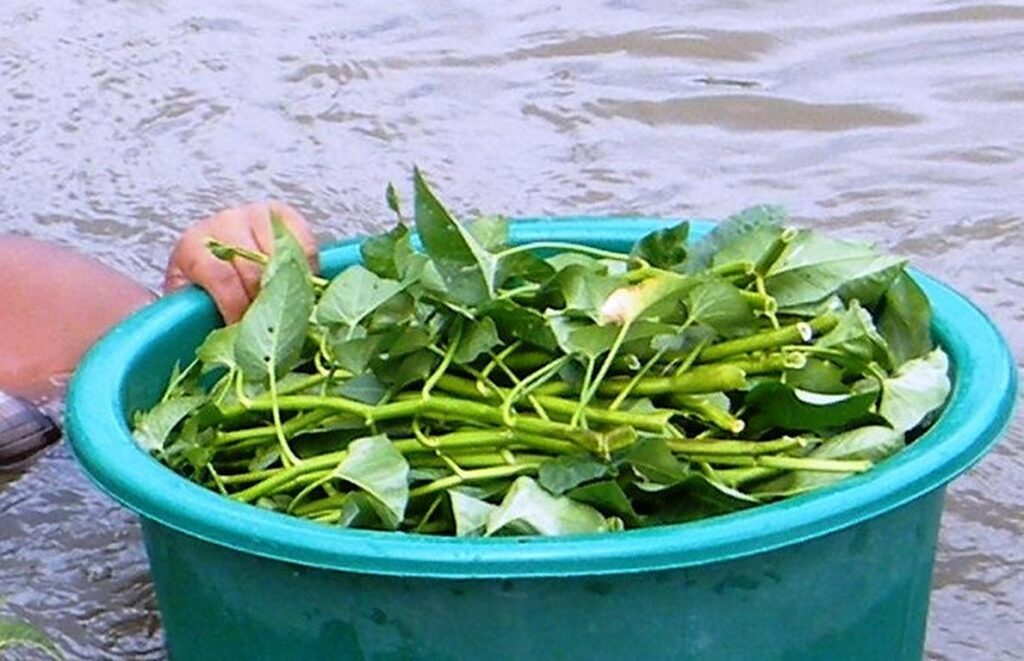
The taste is slightly sweetish; the texture of the leaves is succulent, and the stems are hollow, a bit mucilaginous, and crunchy. It is used for salads, stir-fries, or – best for my taste – braised with garlic. An in-depth description of this vegetable can be found here.
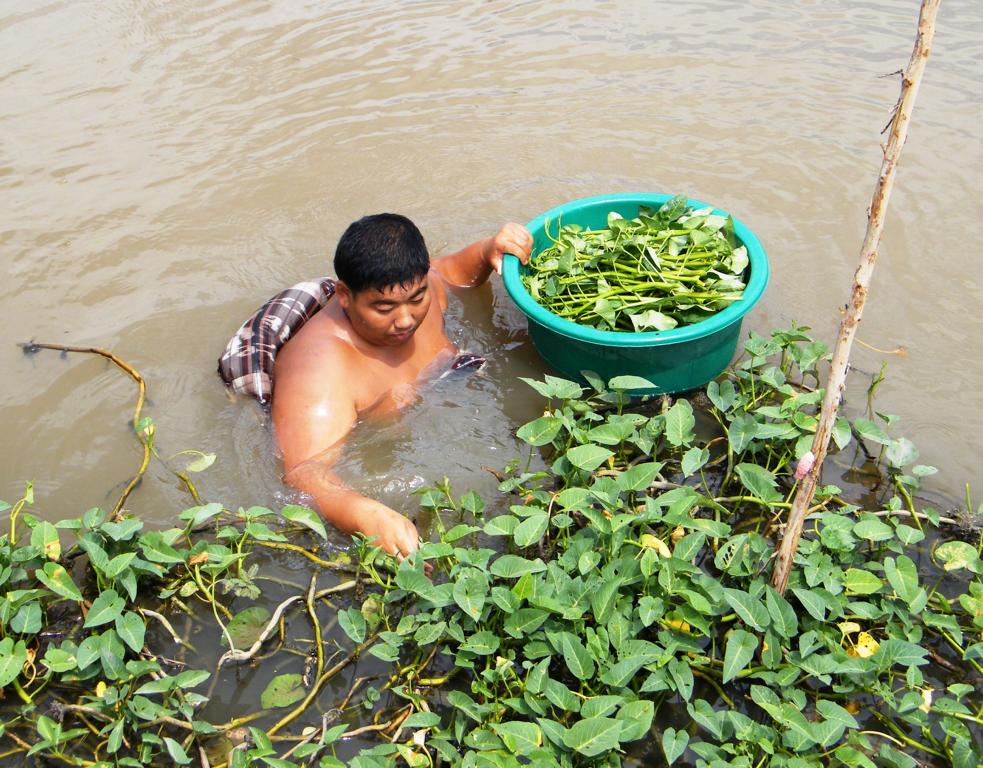
Ipomoea aquatica belongs botanically to the Convolvulaceae family. It is a fast-growing, leafy vegetable related to sweet potatoes. There is no real resemblance to what Westerners call ‘spinach’.
Floating Thai vegetable garden
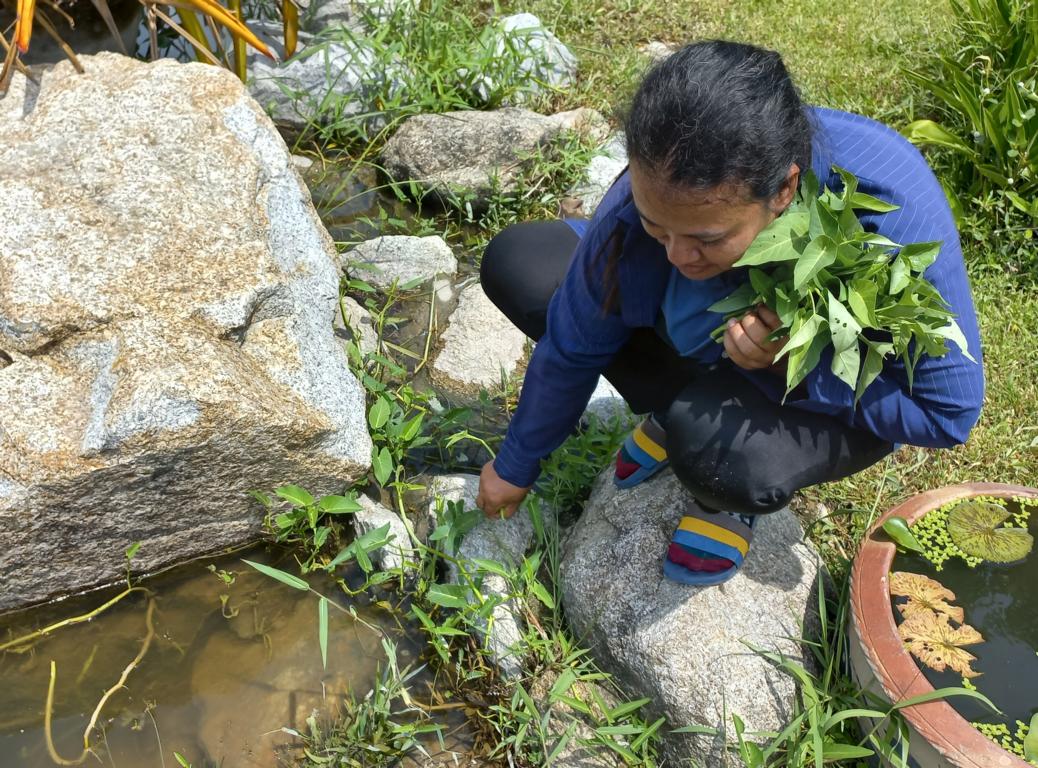
In Thailand, it is cultivated in suitable waterbodies for commercial purposes and by families in nearly every rural water channel. Bamboo poles are used as climbing facilitators, holding the plants in place. The root is firmly planted in the water body’s bottom, and secondary rootlets appearing at internodes are either free-floating in the water or cling to the soil when coming in contact with it. This is, therefore, a very prolific plant, and cultivated crops often form wild colonies. It should also be mentioned that it only takes 45 days to plant a seed and harvest the vegetable sustainably.
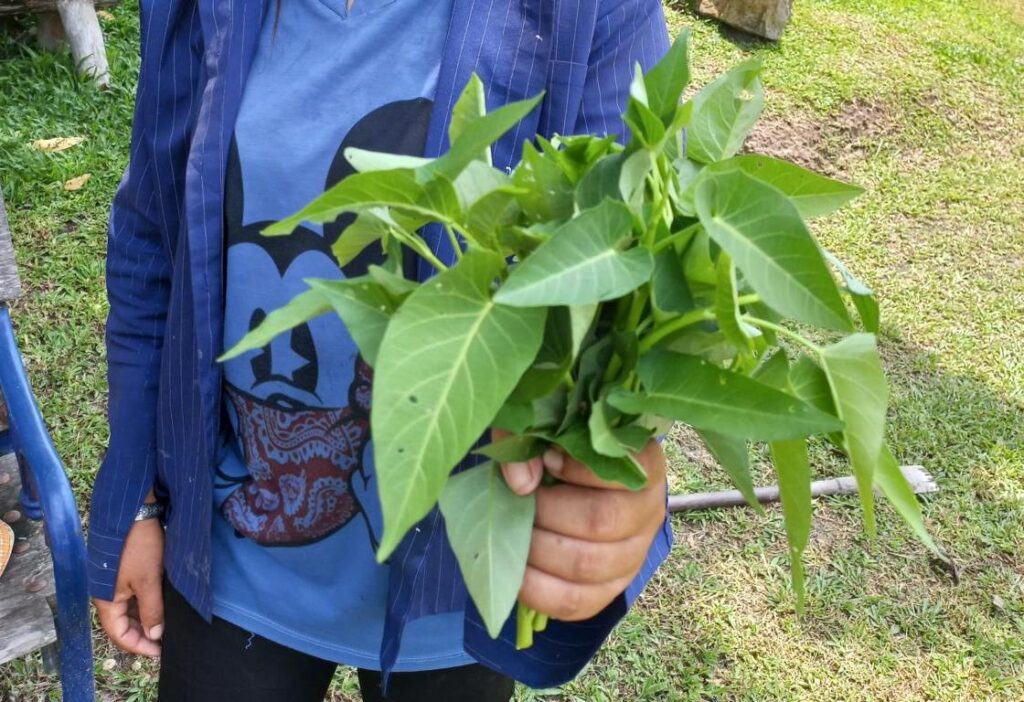
A young plant can be harvested once a week, but there are so many shoots in older plants that a daily harvest is possible. Top shots and young, green stems with leaves are picked, and the person who harvests ensures that about 5 cm of the new shoot is left on the mother stem to allow new growth. The plant will not be allowed to bloom, as shoots are best in flavor before blooming.
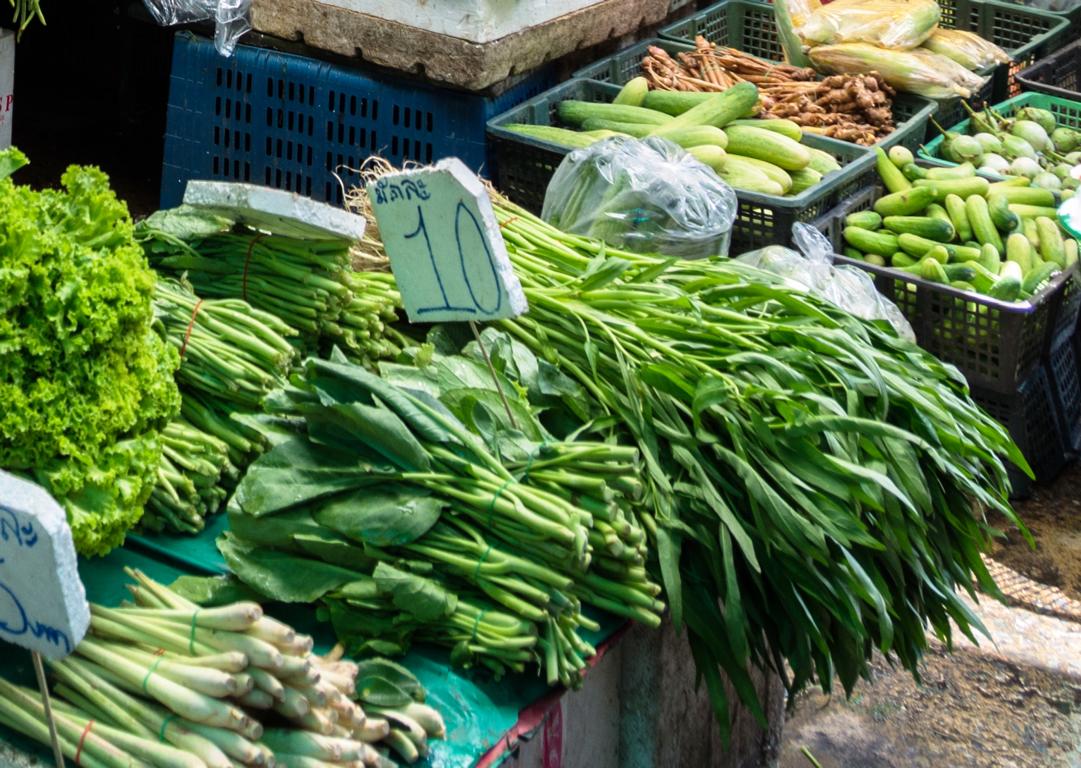
Morning Glory is sold in bundles of various weight classes on wet markets. Vegetables with large leaves are more flavorful than smaller-leaved ones. Leaves with yellow colors should not be bought, as they could be insect-infested.
Use of Morning Glory
Swamp Morning Glory grows and thrives in warm, tropical waters. Therefore, it is highly likely to have nematodes, insects (including their larvae and eggs), and/or other parasites on it. Like all other vegetables in tropical countries, it should be soaked in salt water or a weak potassium-permanganate solution before consumption.
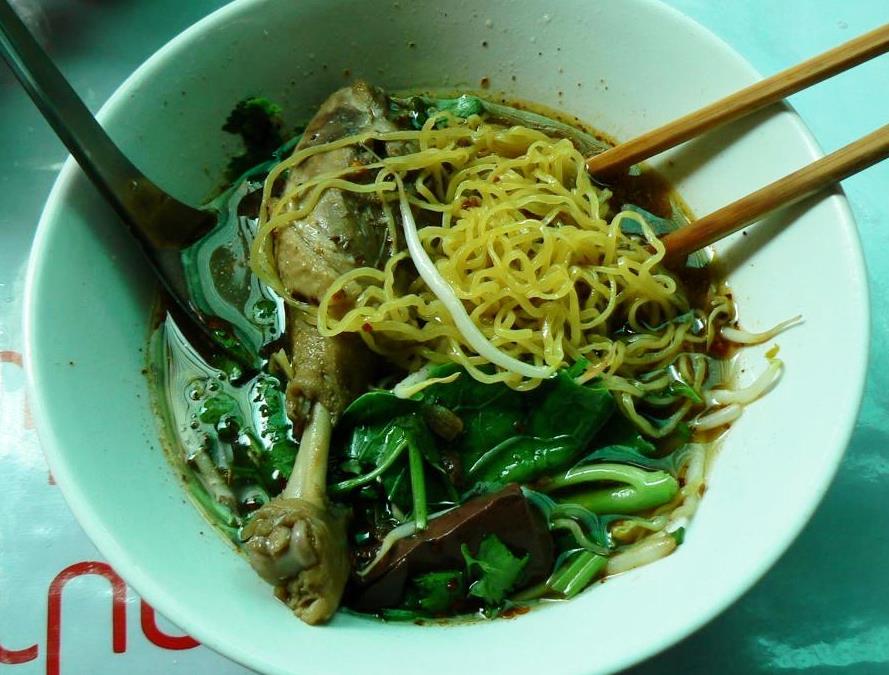
Swamp Morning Glory is either served as a separate vegetable dish or as an ingredient in other dishes. It is often braised or stir-fried together with garlic and fish or soy sauce. In the picture, we see an example of a noodle soup with fried chicken leg and blood as well as Morning Glory.
Lessons learned about Swamp Morning Glory.
- Swamp morning glory is nearly omnipresent in most rural water channels in Thailand.
- It is healthy and tastes very good (especially the garlic on it)
- Before raw consumption: chemically clean it. If not possible, cook it!
.


